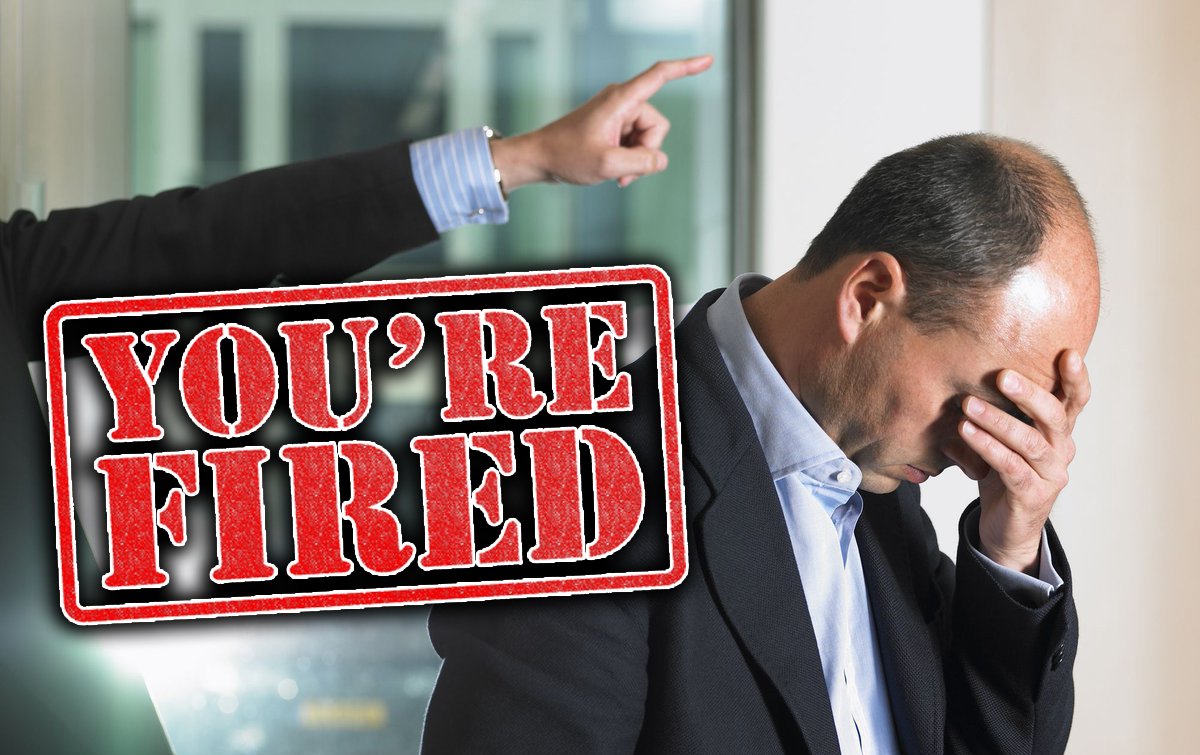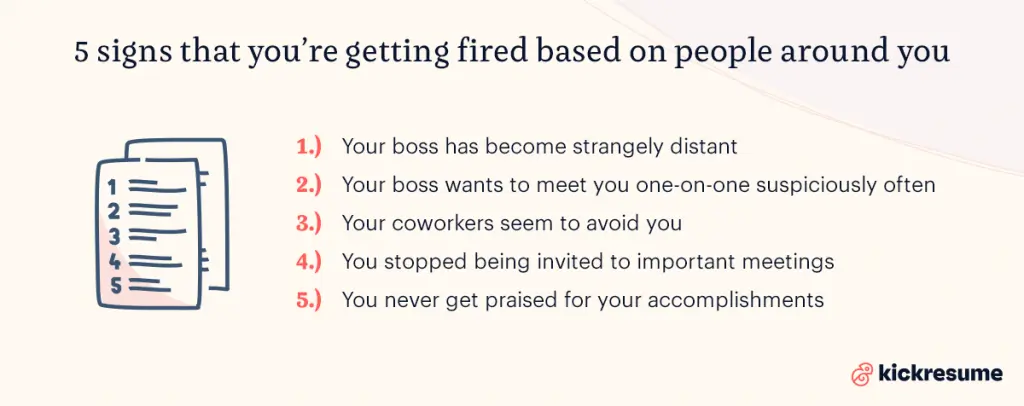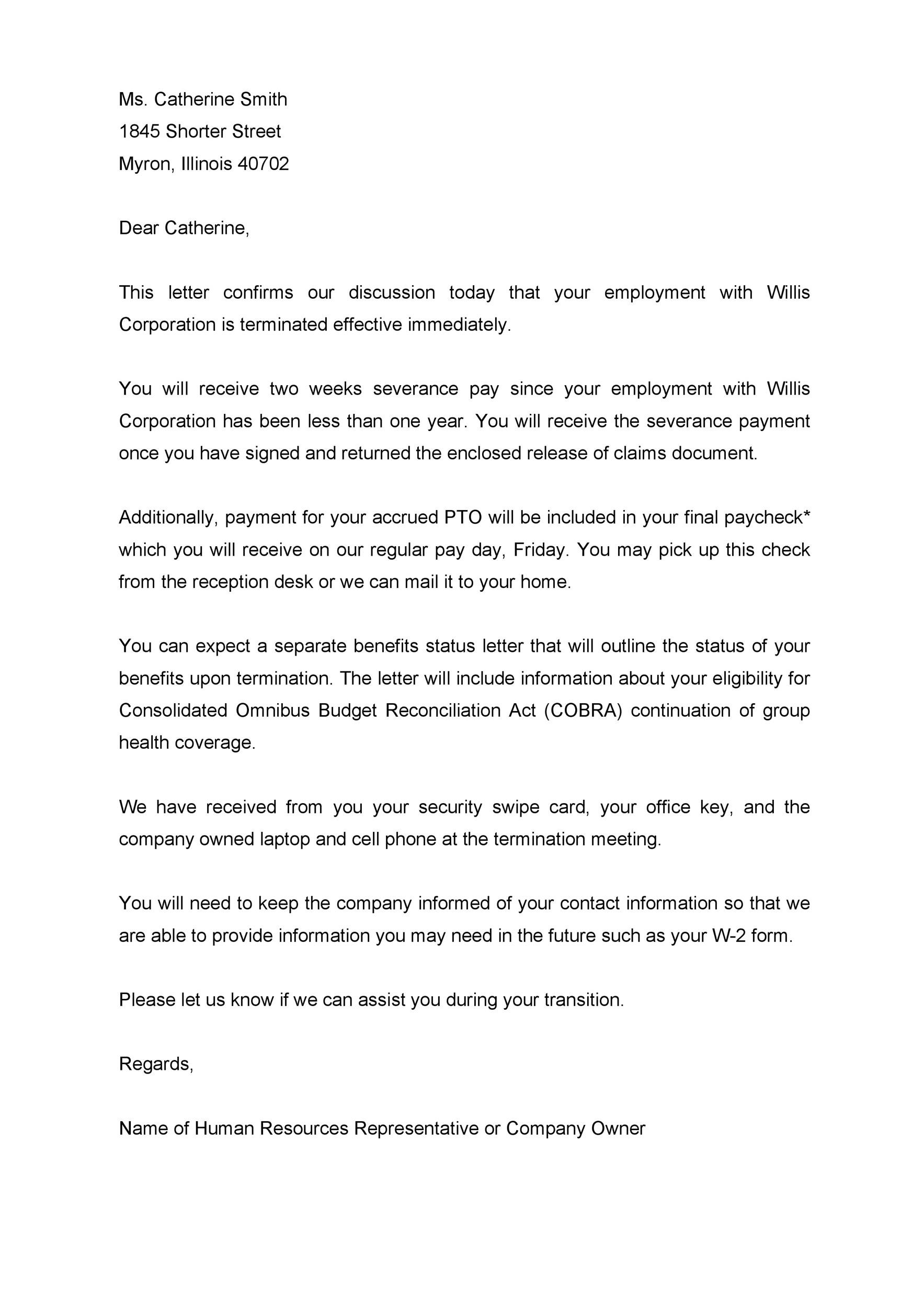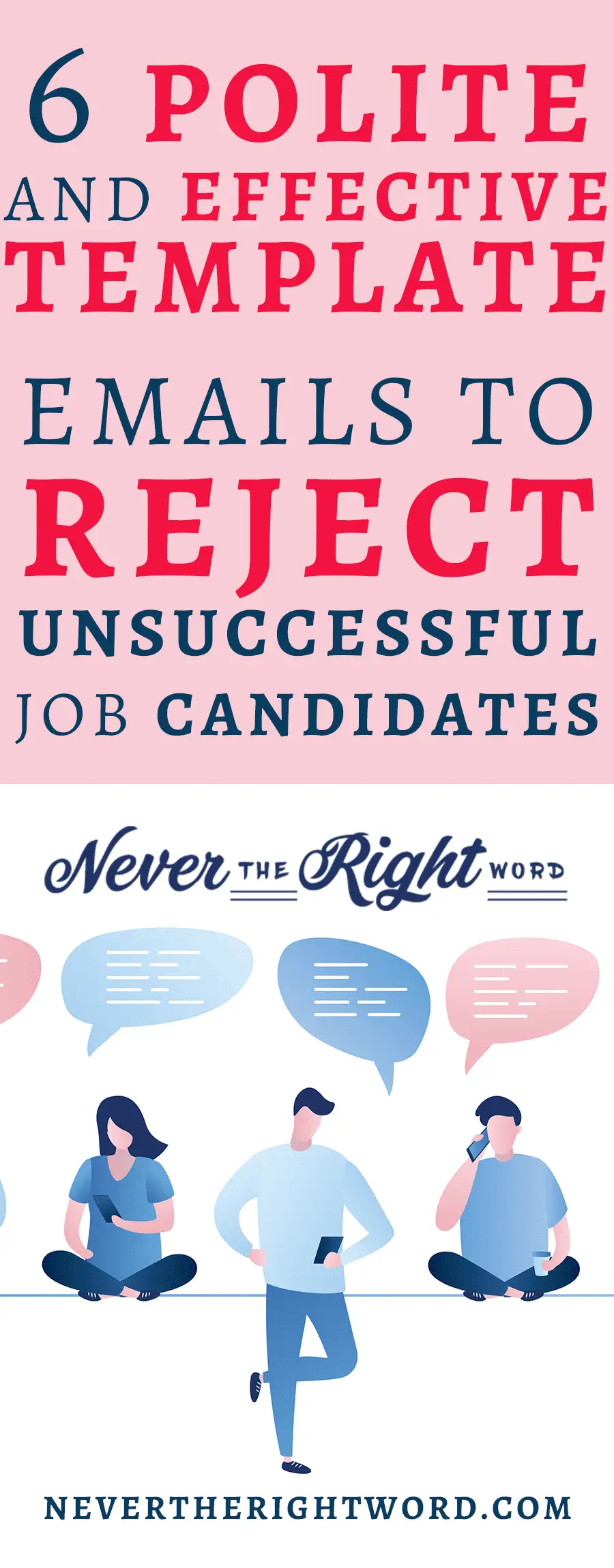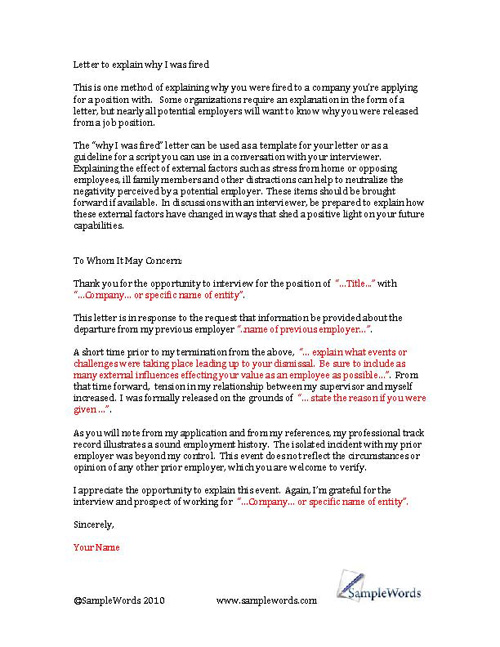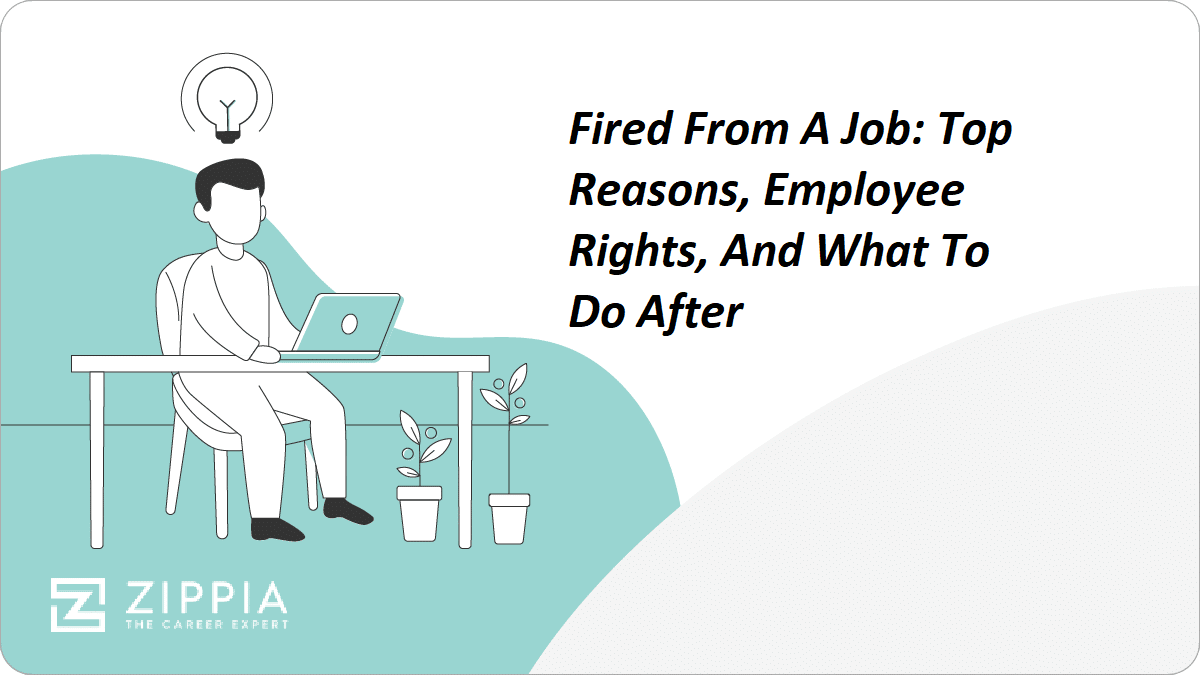How Do You Tell Someone They're Fired
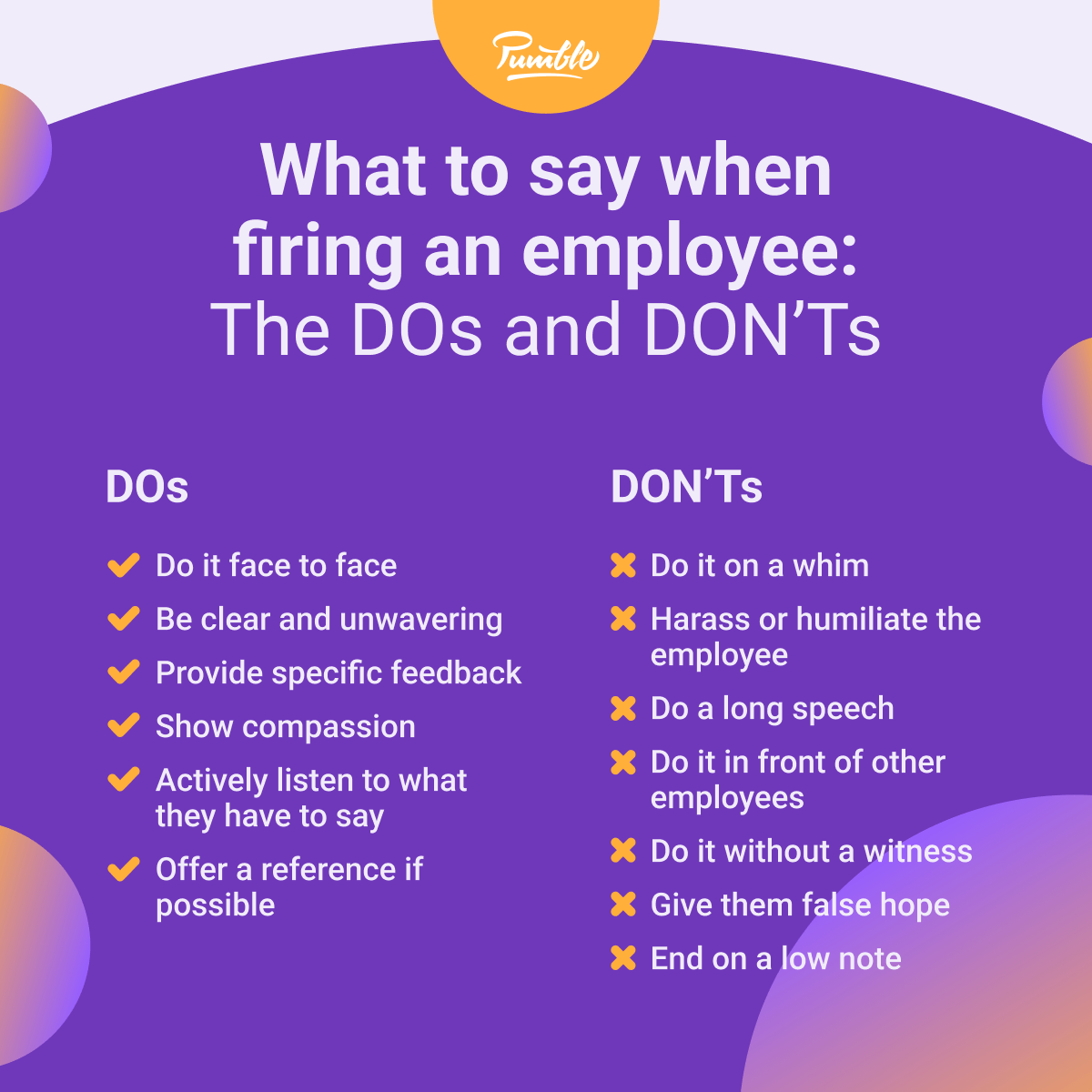
The late afternoon sun cast long shadows across the office cubicles, the hum of computers a constant drone in the otherwise quiet space. Sarah, a seasoned HR manager, took a deep breath outside Mark's office, a knot forming in her stomach. Today, she had to deliver news no one ever wants to hear, a task requiring not just professionalism, but empathy and understanding.
Telling someone they're being let go is arguably one of the most difficult responsibilities a manager faces. It's a conversation laden with emotion, potential for misunderstanding, and significant impact on the individual's livelihood and future. Approaching it with preparation, honesty, and genuine compassion is crucial for both the employee's well-being and the company's reputation.
The act of firing someone is rarely a sudden decision. "Usually, there's a performance review process," explains Dr. Anya Sharma, a professor of organizational psychology at Stanford University. "There should be clear communication about expectations, areas for improvement, and opportunities to address shortcomings."
Ideally, this process serves as a warning, giving the employee a chance to course-correct. According to the Society for Human Resource Management (SHRM), implementing performance improvement plans (PIPs) is a common practice to give employees a structured path to meet expectations.
However, even with these measures in place, sometimes separation becomes inevitable. Preparation is key. Knowing exactly why the decision was made, having all the necessary paperwork in order (severance agreements, final paychecks, etc.), and being ready to answer tough questions are vital steps.
Choosing the right time and place is also paramount. Most experts advise against firing someone on a Friday or right before a major holiday. A neutral, private setting ensures dignity and minimizes public embarrassment.
The conversation itself should be direct and honest, but also compassionate. Avoid vague language. State clearly that their employment is being terminated and the reason why. Using phrases like "We've decided to..." or "This isn't working out..." can soften the blow without being misleading.
Empathy is crucial, but don't offer false hope or apologies that aren't genuine. Acknowledge the difficulty of the situation and allow the person to express their feelings. Listen attentively without interrupting or becoming defensive.
Be prepared for a range of reactions – sadness, anger, confusion, denial. Some individuals may become emotional, while others may remain stoic. Maintain composure and avoid getting drawn into arguments or personal attacks.
It's also important to provide information about severance pay, benefits continuation (like COBRA), and outplacement services, if available. Offering practical support during this transition can significantly ease the burden on the departing employee.
After the meeting, it's essential to inform the remaining team members in a timely and professional manner. Explain that a colleague has left the company and avoid sharing any details about the specific reasons why. Emphasize that the company values their contributions and is committed to supporting them during this transition.
Terminating an employee is never easy. It's a situation that requires careful planning, honest communication, and above all, human decency. Approaching it with empathy and respect not only protects the individual but also preserves the integrity and reputation of the company.
As Sarah finally entered Mark's office, she carried not just the weight of her task, but also the hope that she could navigate this difficult conversation with grace and compassion, offering him the closure and support he deserved in this challenging moment.


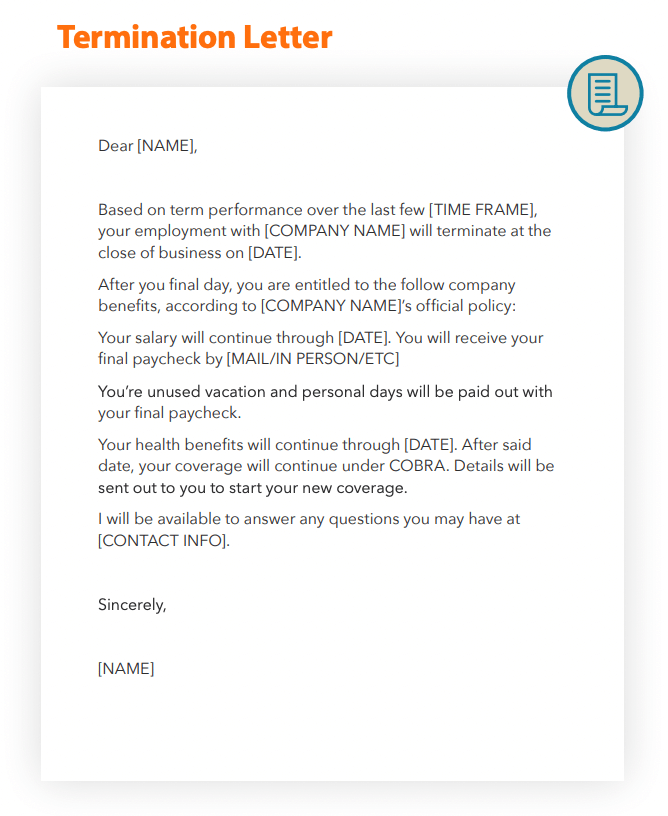

:max_bytes(150000):strip_icc()/you-re-fired-how-to-handle-getting-fired-2063381-Final-edit-e22a1b8b771b437c81fd0e2e1cfb003b.jpg)
